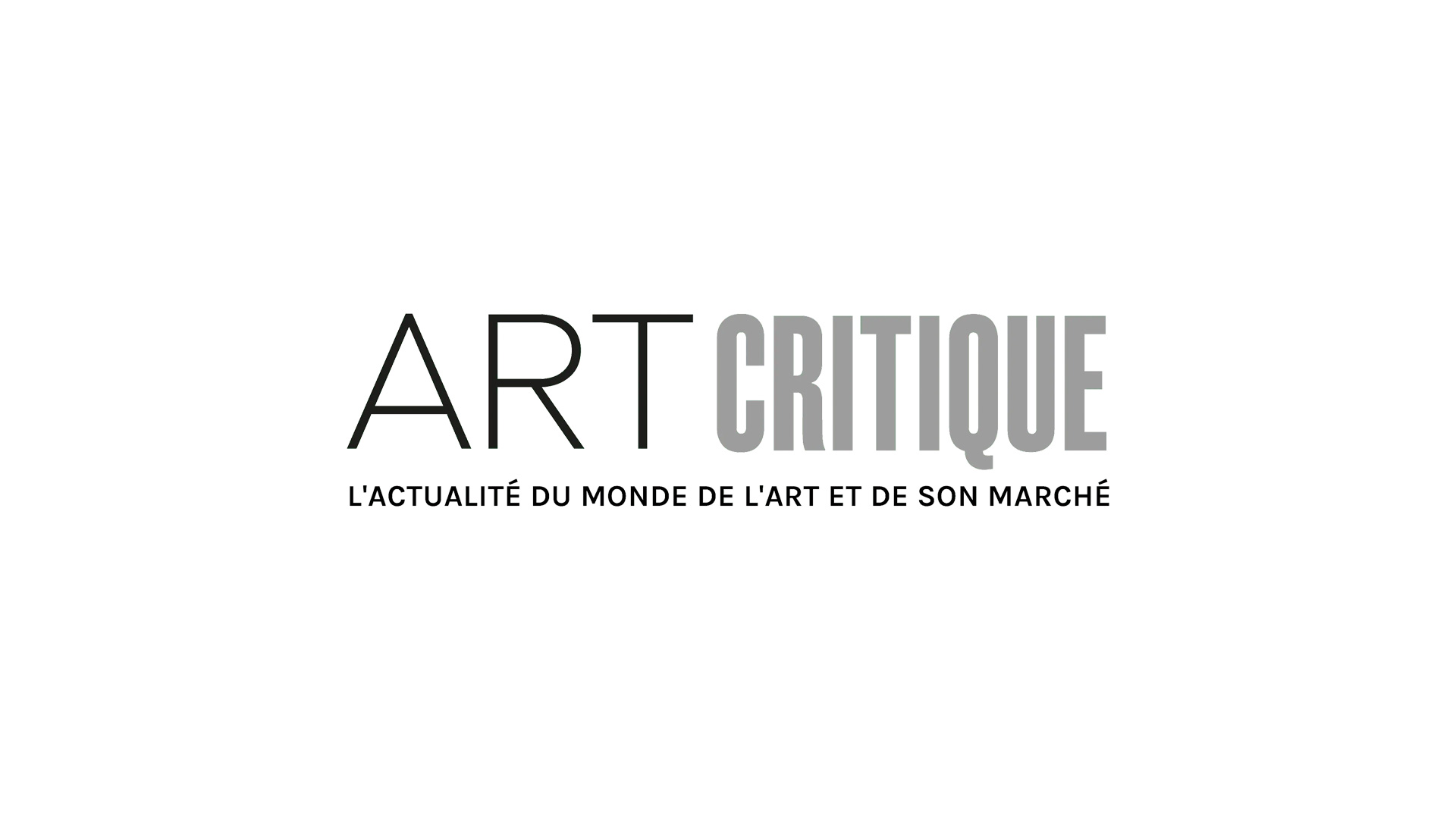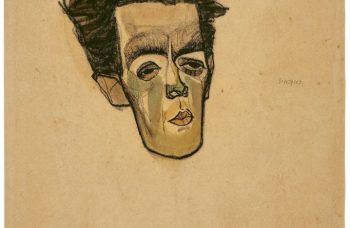Nearly a year after the death of Robert Indiana, the artists famous for his ‘LOVE’ and ‘HOPE’ sculptures and prints, the ongoing legal battle that has marred his legacy got a bit thicker. The battle began the day before Indiana passed away on May 20th, 2018 and it has gotten muddier ever since as various parties have claimed the licence to reproduce Indiana’s works. The ‘LOVE’ portrayed by the artist is very difficult to see, now.
On May 10th, the estate of the late artist filed a lawsuit in a New York federal court that will terminate the licensing agreements claimed by American Image Art (AIA) as well as Morgan Art Foundation (MAF) and Simon Salama-Caro (SSC). AIA is a publishing company headed by Michael McKenzie and, in part, represented Indiana in his later life. The MAF and SSC also represented the artist towards the end of life and held the rights to his ‘LOVE’ installations since the 1990s. Both the MAF and McKenzie have rejected the lawsuit, calling it frivolous, and have stated that they will fight the action in court.
James Brannan, a Rockland, Maine attorney representing Indiana’s estate and the defendant in the MFA suit says that the licensing agreements between Indiana, the MAF, and McKenzie expired when the artist died. ‘We’re giving them notice that we are terminating the agreements, and this requires the judge to let us amend our pleading down there (in New York),’ he said to the Portland Press Herald. ‘We are hopeful the judge will do it. We are early enough in the case that I think we can.’
In response to the suit, McKenzie said ‘They just lost the only ally they ever had. I am going to rip them apart…I am done being a nice guy with them.’ Luke Nikas, attorney for the MAF, offered a slightly less heated response saying that ‘legally speaking, we don’t see any possibility these agreements will be terminated’ citing that the agreements were effectively in perpetuity. Both parties also said that extending the legal battle would only cost the Indiana Estate more money, which, according to Indiana’s attorneys, is worth about $77 million, and keep the late artist’s house, the Star of Hope in Vinalhaven, Maine, from being preserved and turned into a museum. That process, according to Larry Sters, the newly appointed chairman of the Star of Hope Foundation, is halted until all legal disputes are settled. The mounting legal fees were also why the Indiana estate sold two artworks from the artist’s personal collection, one by Ed Ruscha (sold for $3.2 million) and another by Ellsworth Kelly (sold for $2.7 million), at auction last November.
The lawsuit was filed on the same day that a private memorial for Indiana was held for the arts community in Rockland. The Farnsworth Museum also held an event to commemorate the artist with the installation of Indiana’s ‘EAT’ sculpture on the roof of the museum that he made for the 1964 World’s Fair in New York.





